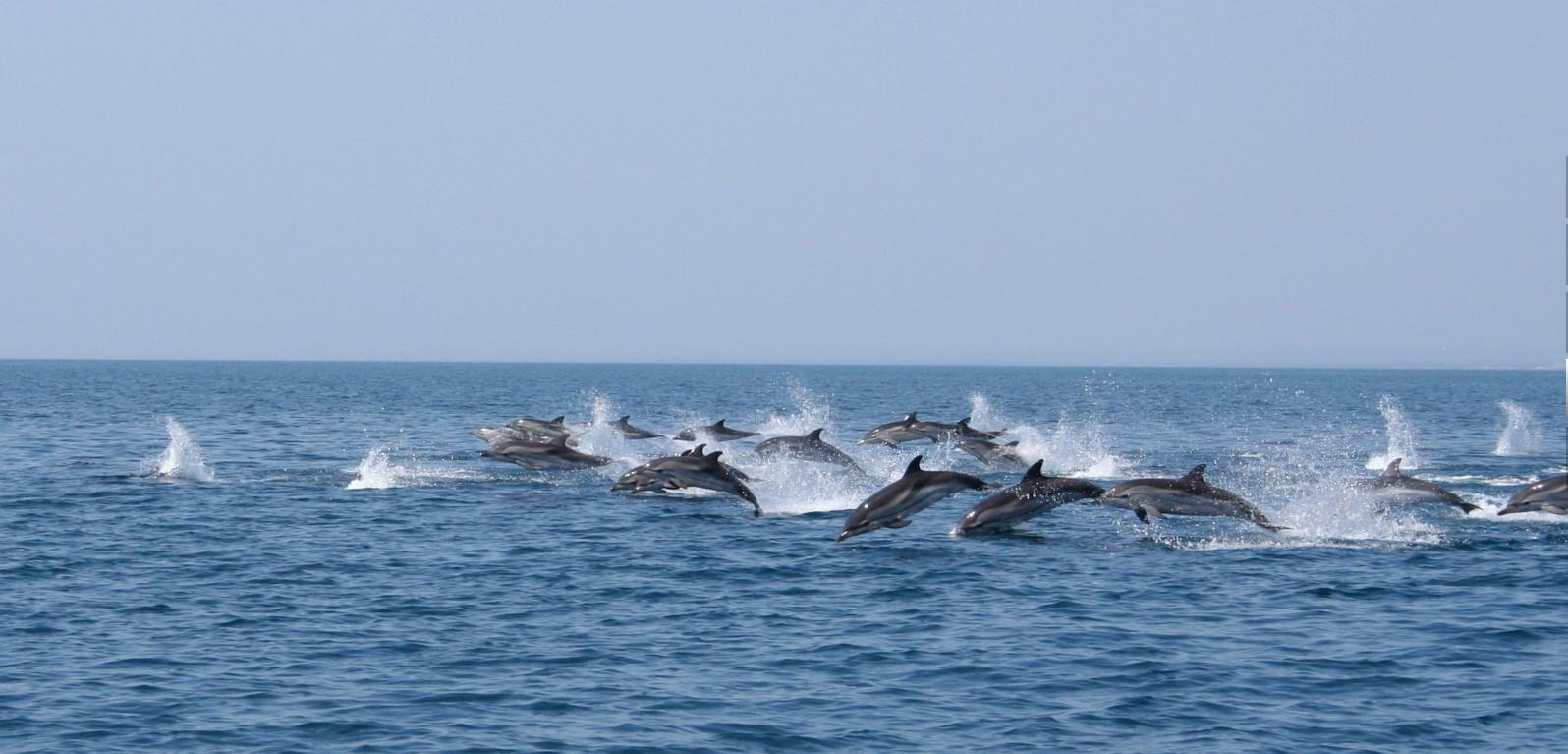Noemi Frascella

The literature on port cities is full of enticing examples of how these places have faced, throughout history, a number of highs and lows in the (re)construction of a tailor-made identity. This process would be stimulated by both natural and human driving forces, such as a specific geographical positioning around the globe, the presence of visionary decision makers, a well-aligned structure of services, and others. Above all, the local identity of port cities displays a consolidated relationship with local, multi-faceted clusters of stakeholders. In this blog, Noemi Frascella, working at the Port Network Authority of the Ionian Sea - Port of Taranto, takes readers on a dreamlike voyage to explore how a colony of dolphins can represent an encouragement to drive the port city of Taranto’s millennial history from past to future.
A timelapse from the past
The storytelling on the Italian port city of Taranto has a long history rooted in the ancient past: it comprises golden legends and true stories about a picturesque jewel hugely blessed by nature, whose gentle touch was so generous and miraculous as to form a cradle of land between two seas - the Mar Grande and Mar Piccolo, of which the ‘big’ and ‘small’ borders have currently been rejoined by a swing bridge. Over the decades, the human engineering touch influenced the natural spontaneity of Taranto, wrapping its romanticized image into a veil of smoke. Indeed, since the early 1960s, the city's name and image have mainly been associated with the quality of its public life and air, due to the presence of the largest steel factory in Europe. This element has played a significant role in shaping the identity of the local urban community. This has also led to a depositioning of tourism as a key driver for the port city's development, despite the real feast for the eyes of the beautiful landscape, architectural resources and cultural heritage owned by the city. Postcards from the old days tell the story of a shining pearl in the Mediterranean: Taranto was reputed to be a flourishing cultural hub appreciated by poets, travellers and traders. Traces of their gratitude to the city are revealed in a bulk of writings and testimonies about their experience in and with the port city.
Going even further back to ancient times, the legendary history of Taranto sees the Spartans as founders of the city from the colony of Taras (named after the son of Poseidon, God of the Sea), a warrior beautifully depicted on historical coins while proudly riding a dolphin who was rescuing him from a shipwreck. The appearance of a dolphin was traditionally seen as a good omen, as an encouragement to establish the city.

Could time go full-circle, so that we survive through our past into the future?
Allow me to put a bit of spice and dreamy colors on this legendary tale of Taras.
Let me consider Taras’ dolphin as his superpower, and therefore, Taras himself as the unconscious but revealing sign kindly left by the city founders to the local community:
Taras was a legendary man who left a thoroughly important gift to the port city of Taranto, namely the possibility to re-imagine its status by turning toxicity into something positive that guides you to the light. This light could be associated with the belief of a different future, a greener and more sustainable one where all the citizens would be full of responsibility and courage. The light, in this case, is the dolphin, expressing the vivid manifestation of a superpower on Taranto. Apart from this legendary allure, the transition from a personal to a shared belief, in the form of the dolphin, could be the kick-off for a real challenge in port cities worldwide, as people need a good reason for being inspired or inspirational about the future.
Nowadays, the strongest force of nature in Taranto is driven by the hundreds of dolphins dotting the Ionian Sea, whose presence is not only a rocky reality but above all a metaphor for rebirth. Taranto’s dolphins reflect the environmentally sustainable element that can favor both tourism development and maritime and urban repositioning, thus making Taranto bright again during its way back to the future.
Fortune smiles upon thousands of people when they surprisingly experience the local identity of Taranto, where the past is brought back to the future while riding a dolphin, their superpower rooted in the Ionian Sea where a colony of dolphins still inhabits the Gulf of Taranto and can easily be seen swimming on the surface of the water, from the port area to the deep blue sea.
A lesson can be learned from the myth of Taras and his dolphin: as in the circle of life, the series of events unfolding across the history of Taranto is bringing citizens together through ups and downs, love and misfortune. Considering that cultural background shapes and influences behavior, a good practice for port citizens could be that of diving back in the past, for sailing into the future.
Are you ready for a superpower challenge?
Acknowledgement
From 2014 to present, Noemi Frascella has been working for the Port Network Authority of the Ionian Sea (PNAIS) - Port of Taranto as employee of the International Relations & Communication/Strategic Planning & Development Departments. Her activities concern the development of broader place-ma(r)king and social integration strategies for shaping and achieving more sustainable cruises and port cities, thereby ensuring the general evolution of the city’s sea-based landscape and identity as well as the improvement of the overall integration between ports and cities.
This blog has been written in the context of discussions in the LDE PortCityFutures research community. It reflects the evolving thoughts of the author and expresses the discussions between researchers on the socio-economic, spatial and cultural questions surrounding port city relationships. This blog was edited by the PortCityFutures editorial team: Vincent Baptist.
